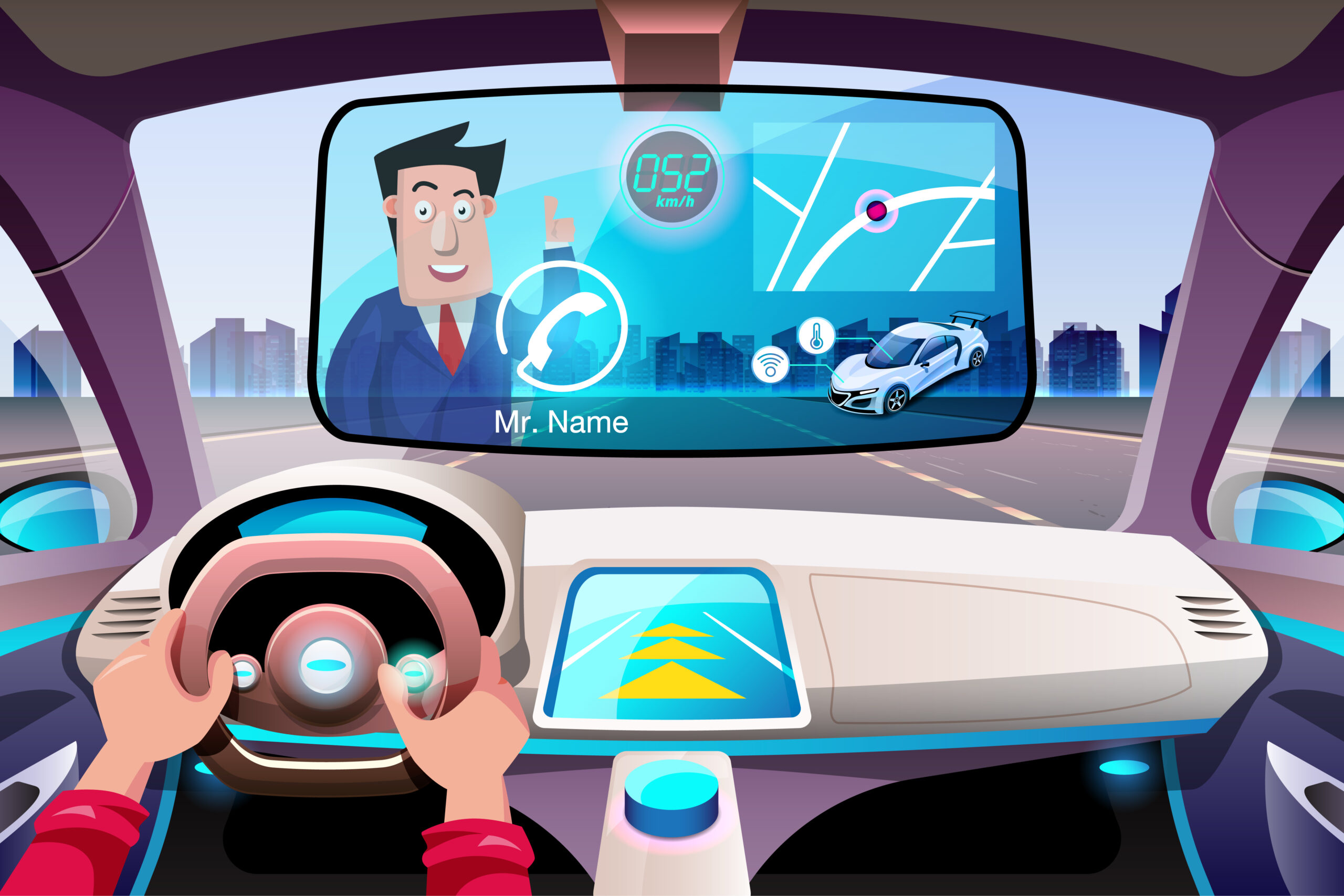The automobile industry is undergoing a rapid transformation as new technologies emerge and disrupt traditional ways of designing, manufacturing, and selling vehicles. In this blog post, we will explore some of the most promising upcoming technologies in the automobile industry that are expected to shape the future of mobility and transportation.
Upcoming Technologies in Automobile Industry
The innovative technologies in the automobile industry.
1. Solid-State Batteries
One of the main challenges facing electric vehicles (EVs) is the limited range and long charging time of their batteries. Current lithium-ion batteries are bulky, expensive, and prone to overheating and degradation. Solid-state batteries, on the other hand, use solid electrolytes instead of liquid ones, which offer several advantages such as higher energy density, faster charging, longer lifespan, and improved safety. Several automakers, such as Toyota, Volkswagen, Hyundai, and Ford, are investing in the development of solid-state batteries and plan to launch them in the market by 2025.
2. 5G Connectivity
5G networks will be essential in enabling quicker and more dependable communication between vehicles and their environment as more and more vehicles become connected. 5G can support high-bandwidth applications such as high-definition video streaming, augmented reality (AR), and cloud computing, as well as low-latency applications such as vehicle-to-everything (V2X) communication, autonomous driving, and smart traffic management. By 2028, 70% of sold vehicles will use the Android Automotive operating system, up from less than 1% currently, predicts Gartner.
3. Augmented Reality Head-Up Displays
Head-up displays (HUDs) are devices that project information onto the windshield or a transparent screen in front of the driver’s eyes, allowing them to access relevant data without taking their eyes off the road. Augmented reality (AR) HUDs take this concept a step further by overlaying virtual images or graphics onto the real-world view, enhancing the driver’s perception and awareness. For example, AR HUDs can highlight navigation directions, road signs, hazards, or points of interest. Some of the companies that are developing AR HUDs include Continental, Bosch, Panasonic, and WayRay.
4. Vehicle-to-Everything (V2X) Communication
Vehicle-to-Everything (V2X) communication is a technology that enables vehicles to exchange information with other vehicles (V2V), infrastructure (V2I), pedestrians (V2P), or networks (V2N). V2X communication can improve road safety, traffic efficiency, and environmental sustainability by providing real-time data on traffic conditions, road hazards, weather, or nearby services. V2X communication can also support autonomous driving by enabling cooperative maneuvers such as platooning or intersection crossing. Some of the standards that enable V2X communication include dedicated short-range communication (DSRC), cellular vehicle-to-everything (C-V2X), and 5G.
5. Biometric Sensors
Biometric sensors are devices that measure the physiological or behavioral characteristics of a person, such as fingerprints, facial recognition, iris scanning, voice recognition, or heart rate. Biometric sensors can be used in vehicles for various purposes such as personalization, authentication, security, or health monitoring. For example, biometric sensors can enable drivers to unlock their cars with their faces or voices, adjust their seats or mirrors according to their preferences, detect signs of fatigue or stress and alert them accordingly, or monitor their vital signs and call for emergency services if needed.
6. Carbon Capture
In the process of “carbon capture,” carbon dioxide (CO2) emissions from companies or power plants are captured and either stored underground or used for other reasons. Carbon capture can help reduce greenhouse gas emissions and mitigate climate change by preventing CO2 from entering the atmosphere. Carbon capture can also be applied to vehicles by installing devices that capture CO2 from the exhaust and convert it into useful products such as synthetic fuels or plastics. Some of the companies that are working on carbon capture for vehicles include Bosch, Audi, and Climeworks.
Related Article: Significant Benefits of Electric Vehicles You Must Know
Wrapping Up
The future of the automobile industry is looking bright with the introduction of new technologies such as electric and self-driving cars. These technologies are not only environmentally friendly but also offer a safer and more convenient driving experience. With the increasing demand for these technologies, it’s only a matter of time before they become the norm on our roads.



